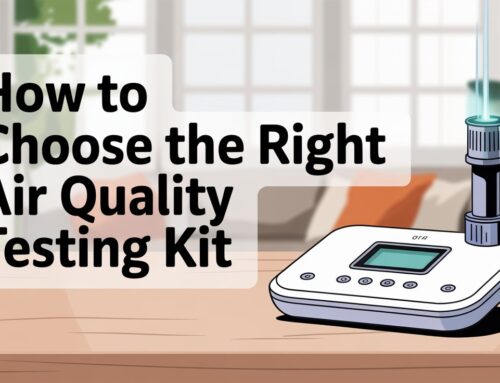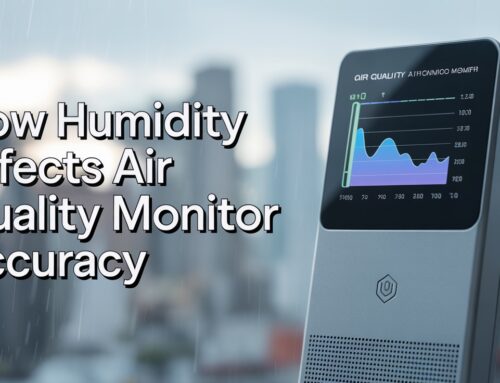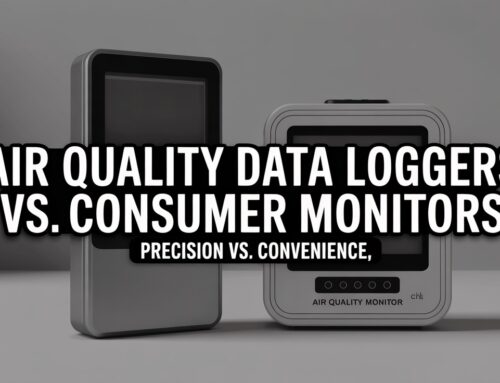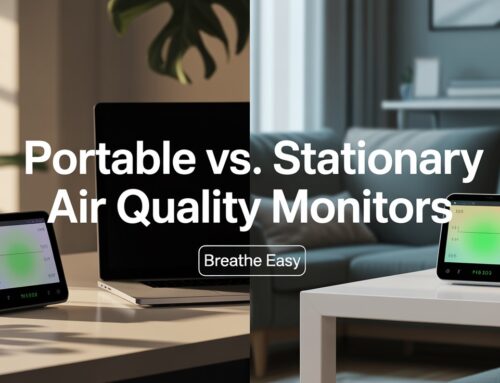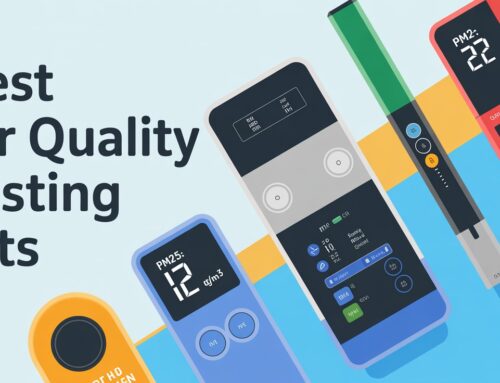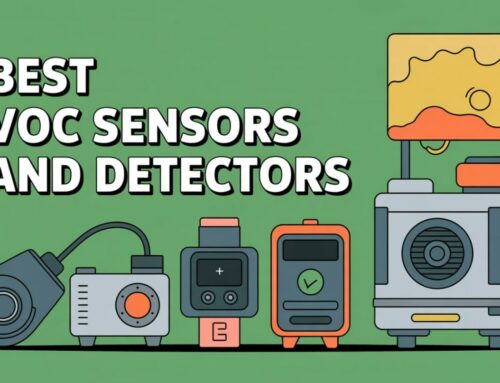July 11, 2025
Complete Guide to Particle Counters in Air Quality Testing
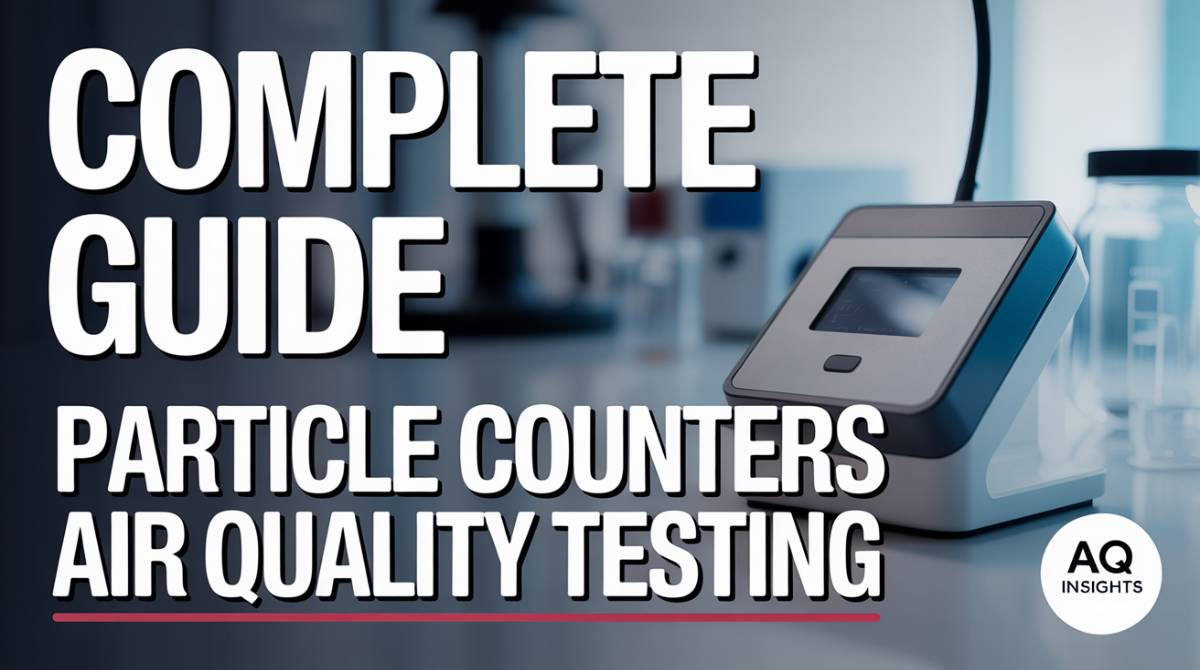
🔬 Complete Guide to Particle Counters in Air Quality Testing
Discover how particle counters revolutionize indoor air quality monitoring with precision technology that detects microscopic pollutants affecting your health and compliance. Trusted by professionals across Ontario and Quebec for over 15 years.
Indoor air quality affects every breath you take. Whether you manage a hospital, run a manufacturing facility, or simply want healthier air at home, understanding particle counters can transform how you monitor and improve your environment. These precision instruments detect tiny particles that escape the naked eye but significantly impact health and compliance standards.
Air Quality Testing has helped thousands of clients across Ontario and Quebec identify air quality issues using advanced particle counting technology. With over 15 years of experience and certifications from IICRC and IAQA, our team understands how particle counters work and when to use them for maximum effectiveness.
🧪 Understanding Particle Counter Technology
💡 How Particle Counters Work
Particle counters use light scattering technology to detect and count microscopic particles in air samples. When particles pass through a laser beam inside the device, they scatter light in patterns that reveal their size and concentration. The photodetector converts these light signals into electrical pulses, which the analyzer processes to determine particle counts.
Modern optical particle counters can detect particles as small as 0.3 microns with remarkable accuracy. For comparison, human hair measures about 75 microns in diameter, making these devices incredibly sensitive to pollutants invisible to human vision.
The detection process happens in real-time, providing immediate feedback about air quality conditions. This capability proves essential for facilities requiring continuous monitoring, such as cleanrooms, hospitals, and manufacturing plants where air quality regulations for businesses demand strict particle control.
Most common type using laser illumination to identify particles through scattered light patterns. Excel at detecting particles between 0.3 and 25 microns.
Superior sensitivity for ultrafine particles below 0.1 microns. Grow particles to detectable sizes using supersaturated vapor.
Photograph individual particles for detailed size and shape information. Offer unmatched accuracy for critical applications.
“Particle counters have transformed how we monitor air quality in critical environments. The ability to detect particles as small as 0.3 microns in real-time gives facility managers unprecedented control over indoor air quality.”
📊 Key Measurement Parameters and Standards
📏 Particle Size Categories
Understanding particle size categories helps interpret test results and select appropriate monitoring strategies. PM2.5 particles (2.5 microns and smaller) penetrate deep into lungs and pose significant health risks. PM10 particles (10 microns and smaller) include larger pollutants like pollen and dust that still affect respiratory health.
The 0.3-micron threshold proves particularly important because it represents the most penetrating particle size for HEPA filters. Particles this size challenge filtration systems most effectively, making accurate detection crucial for filter efficiency testing.
🏛️ Industry Standards and Compliance
International standard for cleanroom classification, establishing particle concentration limits for different cleanliness levels.
Governs pharmaceutical manufacturing environments, requiring specific particle monitoring protocols and alert limits.
Ensures measurement accuracy and regulatory compliance with annual calibration requirements.
🏭 Industrial Applications and Use Cases
🏥 Healthcare and Pharmaceutical Manufacturing
Hospitals rely on particle counters to maintain sterile environments in operating rooms, intensive care units, and pharmaceutical compounding areas. These facilities must demonstrate compliance with strict air quality standards to protect patient safety and maintain accreditation.
Pharmaceutical manufacturing requires the most stringent particle control, with some processes demanding Class 100 or better air quality. Commercial air quality testing in these environments involves continuous monitoring systems that trigger alerts when particle levels approach predetermined limits.
🔬 Semiconductor and Electronics Production
Semiconductor fabrication demands ultra-clean environments where even single particles can destroy expensive wafers. Class 1 cleanrooms allow only one particle per cubic foot at 0.1 microns, requiring the most sensitive particle counting equipment available.
🏢 HVAC System Evaluation and Filter Testing
HVAC professionals use particle counters to evaluate filter efficiency and diagnose system problems. By measuring particle concentrations upstream and downstream of filters, technicians can calculate removal efficiency and identify filter degradation.
Indoor air quality testing using particle counters helps identify sources of contamination and evaluate improvement measures. This data supports decisions about filter upgrades, duct cleaning, and system modifications.
🏠 Residential and Commercial IAQ Applications
🏡 Home Air Quality Assessment
Homeowners increasingly recognize the importance of indoor air quality for family health. Particle counters help identify pollution sources and evaluate improvement measures like air purifiers and HVAC upgrades.
Residential air quality testing using particle counters can reveal hidden problems like duct contamination, inadequate filtration, or outdoor pollution infiltration. This information guides targeted solutions rather than expensive whole-house approaches.
🏢 Office and Commercial Building Monitoring
Office buildings use particle counters to investigate employee health complaints and optimize HVAC system performance. Poor air quality reduces productivity and increases sick leave, making monitoring a smart business investment.
Air quality in Montreal offices requires special attention due to urban pollution and older building stock. Regular particle monitoring helps facility managers identify problems before they affect occupant comfort and health.
🛠️ Equipment Selection and Technical Specifications
Portable particle counters offer flexibility for spot measurements and troubleshooting applications. Battery-powered with memory for thousands of readings.
Continuous surveillance of critical areas with real-time alarms and data logging capabilities. Integrate with building management systems.
Professional equipment provides accurate results without equipment investment through rental options.
⚡ Key Performance Specifications
🎯 Best Practices for Effective Particle Monitoring
Warm up instruments and use isokinetic sampling for accurate results
Test comprehensive facility areas using risk-based sampling strategies
Record environmental conditions, locations, and calibration status
Establish baselines and monitor trends for early problem detection
Proper training ensures reliable results and extends equipment life. Understanding baseline conditions helps identify significant changes in particle levels that require investigation.
📍 Professional Particle Monitoring Services
Air Quality Testing provides certified particle monitoring services throughout Ontario and Quebec. Our experienced team delivers accurate results and regulatory compliance support.
❓ Frequently Asked Questions
Professional particle counters typically detect particles from 0.3 to 25 microns. Some specialized units can detect particles as small as 0.1 microns or smaller using condensation technology.
Monitoring frequency depends on facility type and regulations. Cleanrooms may require continuous monitoring, while offices might need quarterly assessments. Learn more about testing frequency.
Healthcare, pharmaceutical manufacturing, semiconductor production, food processing, and aerospace industries commonly require particle monitoring for regulatory compliance and quality control.
Particle counters detect solid particles but not gases or vapors. For comprehensive air quality assessment, additional testing for common indoor air pollutants may be needed.
🚀 Ready to Improve Your Air Quality?
Professional particle monitoring provides the insights needed for healthier indoor environments and regulatory compliance. Our certified technicians deliver accurate results and expert recommendations.
Call 1-866-528-2897 to discuss your particle monitoring needs with our experienced team. We serve clients throughout Ontario and Quebec with comprehensive air quality testing services.
Understanding air quality test results requires professional expertise. Let our certified team help you interpret data and develop effective improvement strategies.

